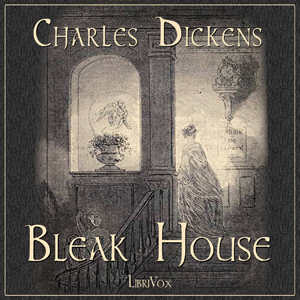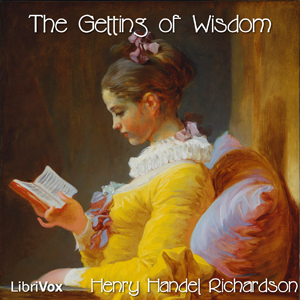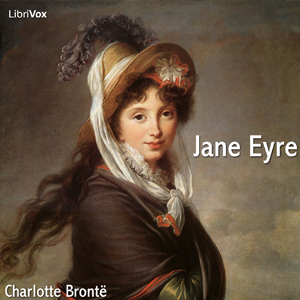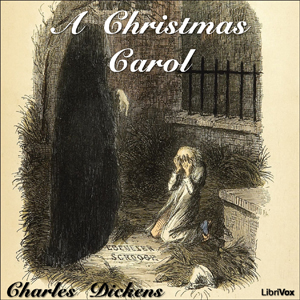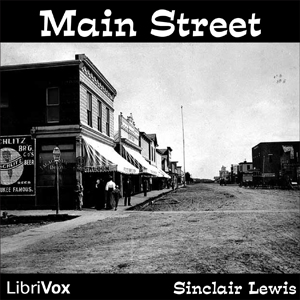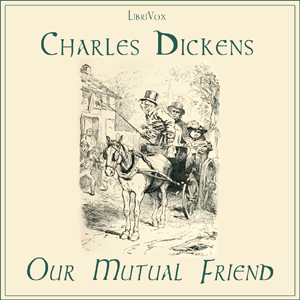- Book 1 - Youth - Chapter 1
- Book 1 - Youth - Chapter 2
- Book 1 - Youth - Chapter 3
- Book 1 - Youth - Chapter 4
- Book 1 - Youth - Chapter 5
- Book 1 - Youth - Chapter 6
- Book 1 - Youth - Chapter 7
- Book 1 - Youth - Chapter 8
- Book 1 - Youth - Chapter 9
- Book 1 - Youth - Chapter 10
- Book 1 - Youth - Chapter 11
- Book 1 - Youth - Chapter 12
- Book 1 - Youth - Chapter 13
- Book 1 - Youth - Chapter 14
- Book 1 - Youth - Chapter 15
- Book 1 - Youth - Chapter 16
- Book 1 - Youth - Chapter 17
- Book 1 - Youth - Chapter 18
- Book 1 - Youth - Chapter 19
- Book 1 - Youth - Chapter 20
- Book 1 - Youth - Chapter 21
- Book 1 - Youth - Chapter 22
- Book 1 - Youth - Chapter 23
- Book 1 - Youth - Chapter 24
- Book 1 - Youth - Chapter 25
- Book 1 - Youth - Chapter 26
- Book 1 - Youth - Chapter 27
- Book 1 - Youth - Chapter 28
- Book 2 - Struggle - Chapter 1
- Book 2 - Struggle - Chapter 2
- Book 2 - Struggle - Chapter 3
- Book 2 - Struggle - Chapter 4
- Book 2 - Struggle - Chapter 5
- Book 2 - Struggle - Chapter 6
- Book 2 - Struggle - Chapter 7
- Book 2 - Struggle - Chapter 8
- Book 2 - Struggle - Chapter 9
- Book 2 - Struggle - Chapter 10
- Book 2 - Struggle - Chapter 11 Part 1
- Book 2 - Struggle - Chapter 11 Part 2
- Book 2 - Struggle - Chapter 12
- Book 2 - Struggle - Chapter 13
- Book 2 - Struggle - Chapter 14
- Book 2 - Struggle - Chapter 15
- Book 2 - Struggle - Chapter 16
- Book 2 - Struggle - Chapter 17
- Book 2 - Struggle - Chapter 18
- Book 2 - Struggle - Chapter 19
- Book 2 - Struggle - Chapter 20
- Book 2 - Struggle - Chapter 21
- Book 2 - Struggle - Chapter 22
- Book 2 - Struggle - Chapter 23
- Book 2 - Struggle - Chapter 24
- Book 2 - Struggle - Chapter 25
- Book 2 - Struggle - Chapter 26
- Book 2 - Struggle - Chapter 27
- Book 2 - Struggle - Chapter 28
- Book 2 - Struggle - Chapter 29
- Book 2 - Struggle - Chapter 30
- Book 2 - Struggle - Chapter 31
- Book 2 - Struggle - Chapter 32
- Book 2 - Struggle - Chapter 33
- Book 2 - Struggle - Chapter 34
- Book 2 - Struggle - Chapter 35
- Book 2 - Struggle - Chapter 36
- Book 2 - Struggle - Chapter 37
- Book 2 - Struggle - Chapter 38
- Book 2 - Struggle - Chapter 39
- Book 2 - Struggle - Chapter 40
- Book 2 - Struggle - Chapter 41
- Book 2 - Struggle - Chapter 42
- Book 2 - Struggle - Chapter 43
- Book 2 - Struggle - Chapter 44
- Book 3 - Revolt - Chapter 1
- Book 3 - Revolt - Chapter 2
- Book 3 - Revolt - Chapter 3
- Book 3 - Revolt - Chapter 4
- Book 3 - Revolt - Chapter 5
- Book 3 - Revolt - Chapter 6
- Book 3 - Revolt - Chapter 7
- Book 3 - Revolt - Chapter 8
- Book 3 - Revolt - Chapter 9
- Book 3 - Revolt - Chapter 10
- Book 3 - Revolt - Chapter 11
- Book 3 - Revolt - Chapter 12
- Book 3 - Revolt - Chapter 13
- Book 3 - Revolt - Chapter 14
- Book 3 - Revolt - Chapter 15
- Book 3 - Revolt - Chapter 16
- Book 3 - Revolt - Chapter 17
- Book 3 - Revolt - Chapter 18
- Book 3 - Revolt - Chapter 19
- Book 3 - Revolt - Chapter 20
- Book 3 - Revolt - Chapter 21
- Book 3 - Revolt - Chapter 22
- Book 3 - Revolt - Chapter 23
- Book 3 - Revolt - Chapter 24
- Book 3 - Revolt - Chapter 25
- Book 3 - Revolt - Chapter 26
- Book 3 - Revolt - Chapter 27
- Book 3 - Revolt - Chapter 28
- Book 3 - Revolt - Chapter 29
- L'ENVOI
"The only figure of literary repute who ever rated The "Genius" as first among the novels of Theodore Dreiser was Theodore Dreiser," literary historian Larzer Ziff observed. His fifth published novel, The "Genius" was actually the third novel Dreiser began work on and, as his most autobiographical work, remained the novel closest to his heart. He worked on it in stages over a four-year period. The credit he felt he deserved (and did not receive) for his honesty about sexual urges and damaged relationships and his original publisher's decision not to stand by the novel in the face of criticism contributed to his lifelong feeling that the book had never been given its due. After An American Tragedy, it is his longest book; the final draft ran to over 700 pages in a close-set type. While the protagonist of the book is in many ways a portrait of its author, Dreiser also loosely based Eugene Witla on some of the painters, artists working in an Ashcan realist style, whom he knew in New York at the time and whose studios he visited. The most likely candidate for a model is Everett Shinn, who painted urban scenes of the kind attributed to Witla and who was known as a promiscuous man.
The novel is divided intro three sections: "Youth," "Struggle," and "Revolt." In Book I, Eugene Witla (like Sister Carrie, in Dreiser's earlier novel) escapes the confines of the small town in Illinois where he has been raised to make his way in Chicago. There he studies painting at the Chicago Art Institute and enjoys the excitement of the city and his first sexual experiences. He becomes engaged to a young woman, Angela Blue, with whom he is intimate before their marriage but, at all times, he finds it difficult to remain faithful. A life based on monogamy seems beyond him. In Book II, Eugene and Angela move to New York City, where he makes a name for himself in the art world as an urban realist but finds his marriage with the increasingly conventional Angela painfully limiting. They travel to Europe, he suffers a breakdown, and they return to New York where Eugene attempts to make a better living in the advertising world. Book III chronicles the deterioration of Eugene and Angela's marriage as he begins an affair with Suzanne Dale. (Wikipedia)
The novel is divided intro three sections: "Youth," "Struggle," and "Revolt." In Book I, Eugene Witla (like Sister Carrie, in Dreiser's earlier novel) escapes the confines of the small town in Illinois where he has been raised to make his way in Chicago. There he studies painting at the Chicago Art Institute and enjoys the excitement of the city and his first sexual experiences. He becomes engaged to a young woman, Angela Blue, with whom he is intimate before their marriage but, at all times, he finds it difficult to remain faithful. A life based on monogamy seems beyond him. In Book II, Eugene and Angela move to New York City, where he makes a name for himself in the art world as an urban realist but finds his marriage with the increasingly conventional Angela painfully limiting. They travel to Europe, he suffers a breakdown, and they return to New York where Eugene attempts to make a better living in the advertising world. Book III chronicles the deterioration of Eugene and Angela's marriage as he begins an affair with Suzanne Dale. (Wikipedia)
There are no reviews for this eBook.
There are no comments for this eBook.
You must log in to post a comment.
Log in


